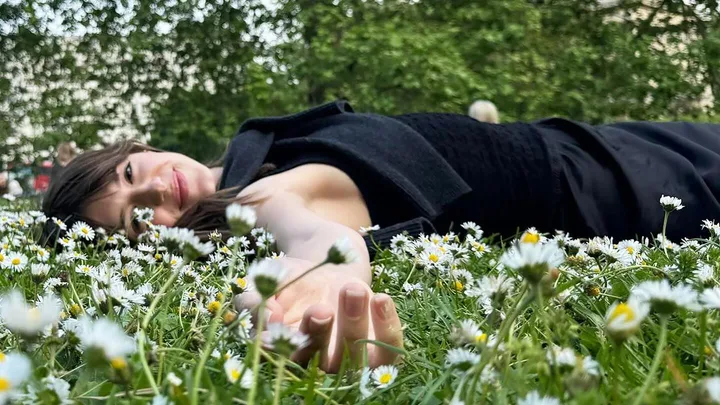The longer, warmer days, fresh blooms, and the scent of flowers in the air can only mean one thing: we’ve officially entered spring – and with it, hay fever season.
Far more than just a reaction to pollen, hay fever can bring a range of debilitating symptoms, from itchy red eyes and a scratchy throat to sneezing, headaches and fatigue.
While it might feel like something you simply have to suffer through, President of the Royal Australian College of General Practitioners, Dr Michael Wright, says there are plenty of ways to manage symptoms – so you can have your cake and sniff your flowers too.
What causes hay fever?
While hay fever affects people across Australia, some regions are hit harder than others. According to Michael, Melbourne and Canberra have some of the highest pollen counts in the country – primarily due to grasses, rather than flowers.
“Hay fever is triggered by pollen, which is released as plants flower. But the most common cause in Australia is often related to grasses, in particular rye grass,” Michael says.
“Global warming is playing a role in hay fever symptoms also. We’re getting more rain, which is causing the grass to grow with more pollen, and as the temperatures are getting hotter, the pollen season is starting earlier.”
For individuals with hay fever, Michael explains that there may be a connection between allergic reactions and thunderstorm asthma. This condition occurs when high pollen levels are broken into smaller particles during a storm, allowing them to be more easily inhaled into the lungs.

“One of the reasons we’re encouraging people just to be alert to it is that people who have hay fever are also more at risk of thunderstorm asthma,” Michael says.
“We are encouraging people to check in to see their regular GP to see if you can do something to treat your allergies and make sure that you have an asthma plan in place – you don’t want to wait for that to flare up.”
How can I treat my hay fever symptoms?
Thankfully, there is a range of treatments and lifestyle changes you can make to keep your hay fever symptoms in check.
While not always possible, Michael says the first thing you can do is to limit your exposure to pollen on high-count days.
“One of the obvious but not always practical things you can do is avoid the thing that you are allergic to,” Michael says.

“Try to stay indoors if you can on high pollen count days, wear a mask if you go outdoors, or you can also get air filters like HEPA, ATPA filters for your home.”
When it comes to medications, antihistamines are also effective, helping to manage symptoms, in addition to nasal and steroid sprays.
“Histamines are one of the chemicals that come out when you have an allergic reaction, and the antihistamine calms that reaction down, Michael says.
Lastly, Michael emphasises the importance of a healthy lifestyle and stress management.
“Stress can make things worse. If you’re not getting enough sleep, if you’ve got a lot more stress, you can be more likely to get allergic conditions and hay fever.
“Getting a good night’s sleep and exercise might sound simple, but that can actually help your symptoms as well.”

Ultimately, Michael says that although avoiding pollen during spring can be challenging, it’s not something you have to suffer through – there are solutions to help clear the air.
“For many people, hay fever can be mild, and it calms down, but for others it can be quite debilitating,” Michael explains.
“And if it’s affecting your quality of life and your daily activities, there are definitely things you can do about it to try and get it under control.
“Patients should talk to their GP about starting hay fever treatment and potentially asthma prevention ahead of time. It’s best to be prepared.”
 Daisy Edgar-Jones Instagram
Daisy Edgar-Jones Instagram











